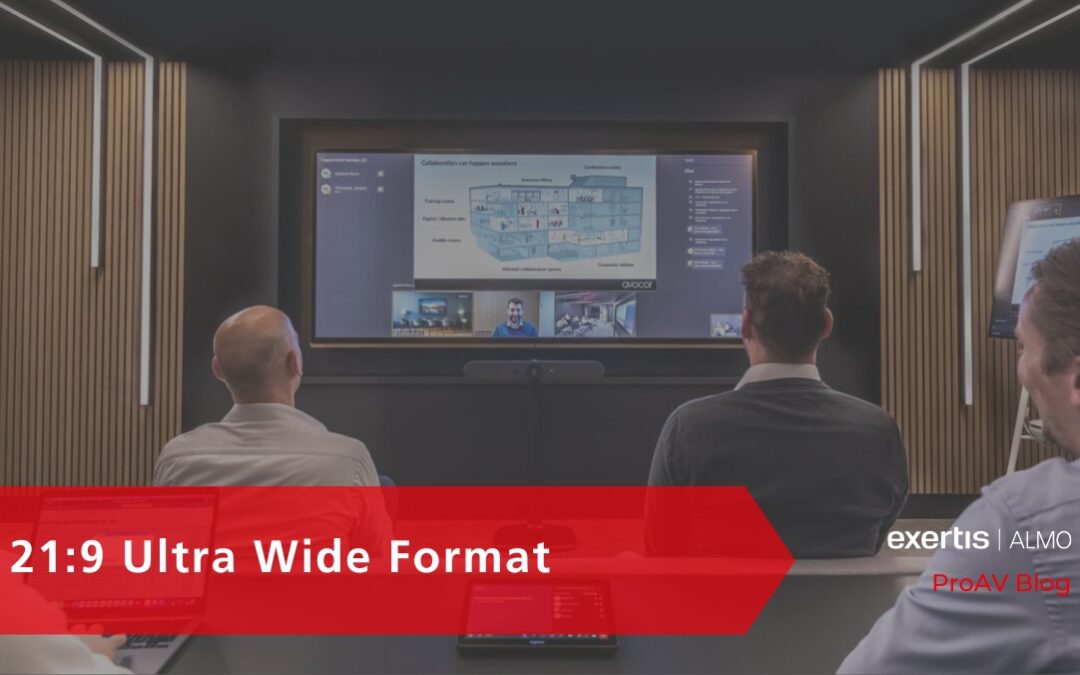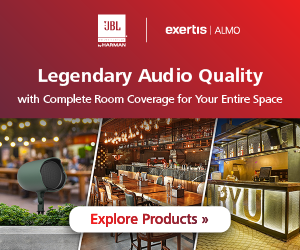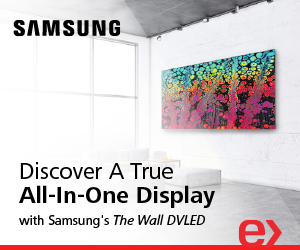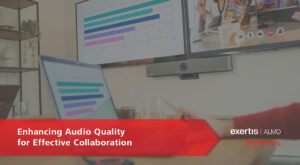The 21:9 Aspect ratio, also known as the Ultrawide format, refers to the proportional relationship between the width and height of a display. Unlike our everyday experience of 16:9 and 16:10 displays, which are common in most TVs, monitors, and projectors, the 21:9 aspect ratio offers a wider, more immersive viewing experience.
Displays and TVs are getting HUGE! 98-inch displays are almost the standard now, and we are seeing 110-inch or larger in the 16:9 format. As the displays get larger, they get taller due to the standard aspect ratio of 16:9. 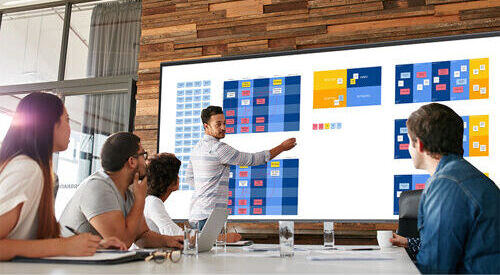 Now, suddenly, we are running out of ceiling height to get into that sweet spot of a comfortable viewing angle for our audience. That 110-inch display you just ordered might not allow you to get 48 inches above the finished floor, which means we might have unusable content space when a conference table is in the way or for someone in the back row. An easy fix would be running a 2×1 display wall and using your 55-inch or 65-inch displays to show your desired content. Now, we don’t have the ease or clean aesthetic of one display in your conference room. That is where *shameless plug* something like the Avocor 105-inch 21:9 displays comes into place.
Now, suddenly, we are running out of ceiling height to get into that sweet spot of a comfortable viewing angle for our audience. That 110-inch display you just ordered might not allow you to get 48 inches above the finished floor, which means we might have unusable content space when a conference table is in the way or for someone in the back row. An easy fix would be running a 2×1 display wall and using your 55-inch or 65-inch displays to show your desired content. Now, we don’t have the ease or clean aesthetic of one display in your conference room. That is where *shameless plug* something like the Avocor 105-inch 21:9 displays comes into place.
We have used the 21:9 aspect ratio in our daily lives with our computer monitors for years now. It’s giving us that cleaner one-screen approach. 21:9 monitors provide us with beautiful benefits, instead of using 2-3 displays. Some of these benefits are easier cable management, less power usage, and more desk space while not sacrificing the ability to look at multiple windows simultaneously.
In an office, we can now benefit from using these large formats 21:9 displays to fully immerse an audience in a Microsoft Teams Front Row experience. We have the best of both worlds nowadays, where people are remote, hybrid, or in the office, which often makes communication/collaboration tricky.
Microsoft has a fix for that with the MTR Front Row. Being in the office and able to clearly see content, faces, and chat makes meetings much more enjoyable and productive.
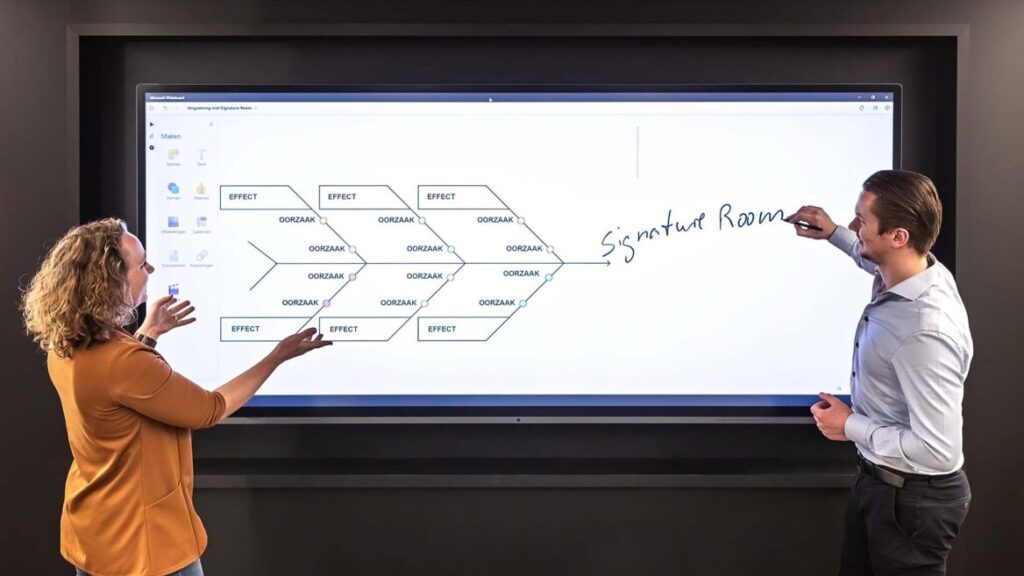
For interactive flat panels, 21:9 makes the most sense. As screens get taller, shorter people cannot reach the very top, making that space unusable for content or even intimidating to use. For tall people, the bottom of the screen is a hassle to reach down and bend over awkwardly, making that space almost unusable for them. With the Avocor AVL-1050-T 105-inch 21:9 display, we are now able to reach everywhere, and have the benefits of having the content of two 65-inch displays on one convenient large format display, without sacrifcing important usable space. With MTR Front Row being Microsoft supported, it’s easy to see that your Windows-based computer should and will support this format.
As technology continues to evolve, the 21:9 aspect ratio has become a game-changer in the world of visual experiences. Its wider field of view, immersive qualities, and productivity benefits make it a sought-after choice for corporate America. I see 21:9 being here to stay as it transforms how we consume and interact with digital content.


